7 Things to Know Before Buying House Plants: A Guide for Green Thumbs
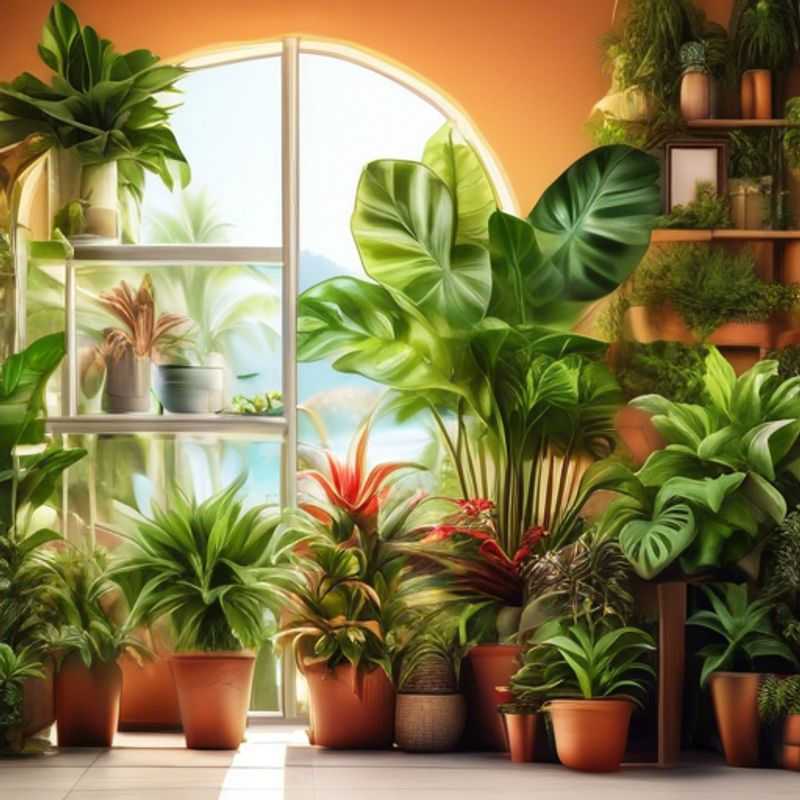
7 Must-Know Tips Before Bringing Home Your New Houseplant
Bringing a little bit of the outdoors in with houseplants is a wonderful way to brighten up your home and improve your well-being. But before you rush out and buy the first leafy friend that catches your eye, there are a few key things you should consider. Think of it like building a relationship – it takes some understanding and care for both of you to thrive.

Unveiling the Secrets: Researching Your Houseplant's Care Needs
When considering a houseplant, it's essential to research its specific care requirements to ensure it thrives in your environment. Start by identifying the plant species and understanding its light, water, humidity, and temperature needs. Most houseplants fall into categories like low-light, medium-light, or bright-light requirements, which will dictate their placement in your home.
Watering is another crucial aspect. Some plants prefer to dry out between waterings, while others like to remain consistently moist. Always check the soil moisture level before watering to avoid over or under-watering, which can lead to root rot or dehydration.
Humidity is often overlooked but is vital for many tropical plants. If your home is dry, consider using a humidifier or placing a tray of water near the plant to increase moisture in the air. Additionally, be aware of the temperature range your plant prefers, as sudden changes can stress the plant.
Fertilization is important too. Use a balanced fertilizer during the growing season, generally spring and summer, and follow the recommended dosage for your specific plant type.
In terms of costs, consider potential expenses such as purchasing soil, pots, fertilizers, and humidity trays. If you opt for specialized lighting or humidifiers, factor these into your budget as well. Always remember that investing time in research will lead to a healthier plant and a more rewarding experience.
For further detailed information, it’s advisable to consult reliable gardening websites or local plant nurseries.
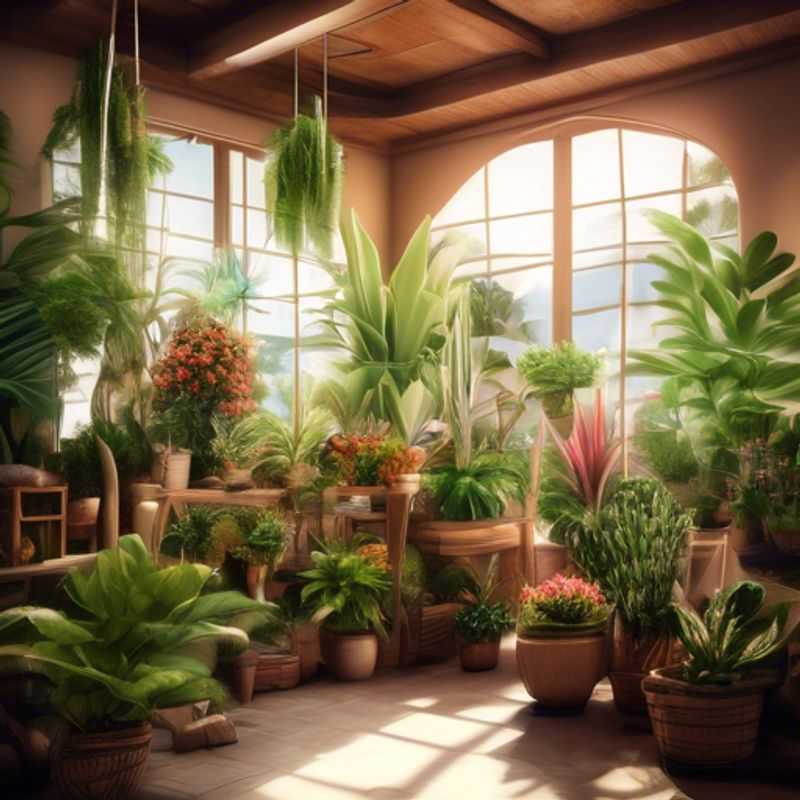
Sunlight, Water, and Humidity: Factors to Consider for Your Home's Indoor Plants
Knowing the amount of sunlight, water, and humidity your home can provide is crucial for choosing the right plants. Sunlight is essential for photosynthesis, the process by which plants create energy. Water is necessary for plant growth and hydration. Humidity refers to the amount of moisture in the air, which can affect plant health.
To determine your home's suitability for different plants, you need to assess these factors in each room. Start by observing the amount of direct sunlight each room receives throughout the day. Consider the direction the windows face, the presence of shade trees, and the time of year. You can also use a light meter to measure the light intensity.
Next, evaluate your home's water access. This includes the availability of indoor plumbing and the ease of providing water to plants. You should also consider the frequency of watering, which can be influenced by factors like plant type and room temperature.
Finally, assess humidity levels in different rooms. High humidity can lead to mold growth and fungal diseases, while low humidity can cause plants to dry out. You can use a hygrometer to measure humidity levels. If you have a dry indoor environment, you can increase humidity by using a humidifier or placing plants near water sources.
Remember: It is always best to research the specific needs of the plants you want to grow. By carefully considering the amount of sunlight, water, and humidity your home can provide, you can choose plants that will thrive in your environment.
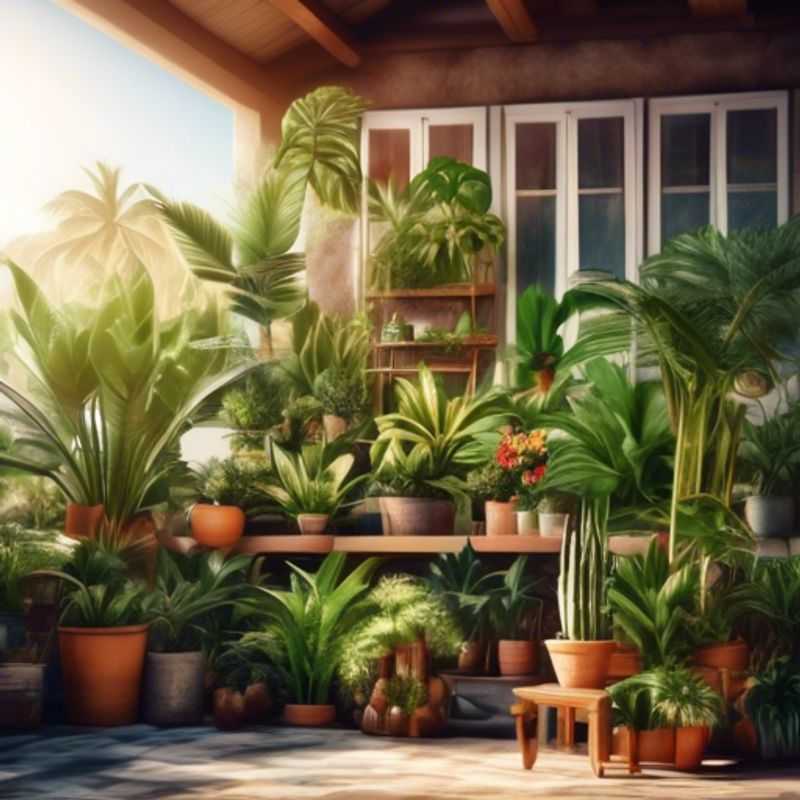
Measure Twice, Plant Once: How to Choose the Perfect Spot for Your Houseplant
Before you bring home your leafy friend, it's crucial to consider where it will live. Measure the space you have available. Not just the floor space, but also the height of the room, especially if you're considering something that will grow tall or wide.
Think about the light the location will receive. Most houseplants need bright, indirect light. Direct sunlight can scorch delicate leaves. Consider the amount of light during different times of day. Is there a window nearby, or are you planning to use artificial light?
Consider the plant's mature size. A small seedling may look cute now, but will it become a monster that takes up your entire living room in a year or two? Choose a plant that will fit comfortably in its designated spot for the long term.
Think about furniture placement. Will the plant be in a walkway? Will it block a door or window? Make sure it has enough room to thrive and be accessible for watering and maintenance.
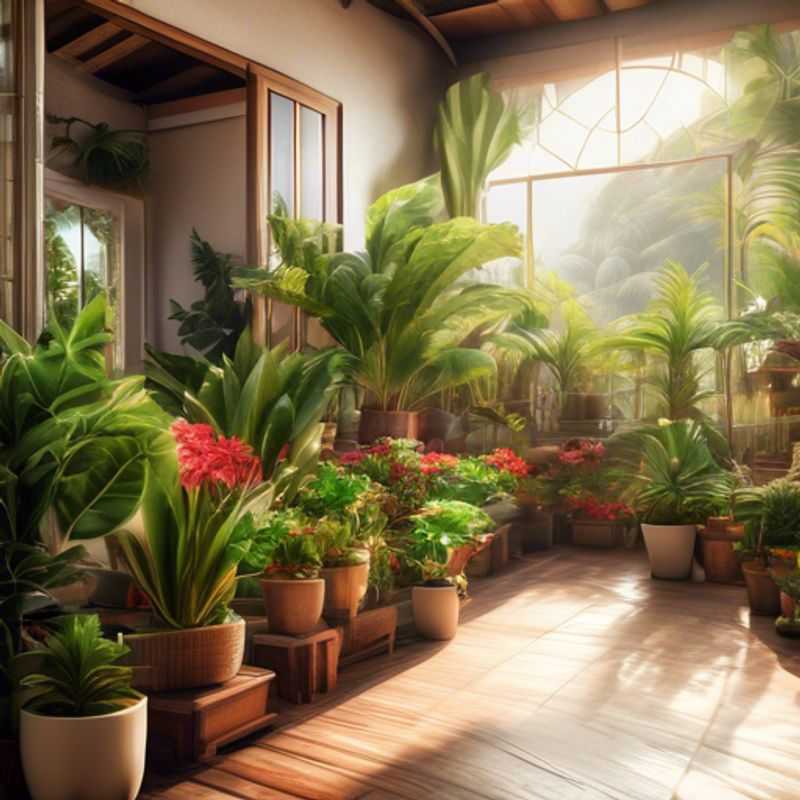
Pre-Purchase Plant Inspection: A Guide to Spotting Pests and Diseases
Before bringing a new plant home, it's crucial to give it a thorough inspection. This helps prevent introducing unwanted pests or diseases into your home garden. A quick visual check can save you a lot of trouble down the line.
Look for signs of pests: Check the leaves, stems, and undersides for tiny insects, webs, or droppings. Examine the soil for any movement or unusual activity.
Check for diseases: Look for discoloration, spots, wilting, or any unusual growth patterns on the leaves, stems, or roots.
Isolate new plants: Even if you don't see any obvious signs, it's always best to isolate a new plant for a week or two before introducing it to your existing collection. This allows you to monitor it closely for any hidden pests or diseases.
By taking the time to thoroughly inspect your new plant, you can significantly reduce the risk of introducing pests and diseases into your home and keep your garden healthy and thriving.

Choosing Healthy Plants: Signs of a Thriving Specimen
Choosing healthy plants is crucial for a thriving garden or indoor space. Look for plants with vibrant, green leaves and strong, sturdy stems. Avoid plants with yellowing or wilting foliage, as this could indicate disease, pests, or improper care.
Additionally, inspect the plant for any signs of insects or fungal growth. These can be indicators of unhealthy conditions. Healthy plants are more likely to thrive and bring joy to your space.
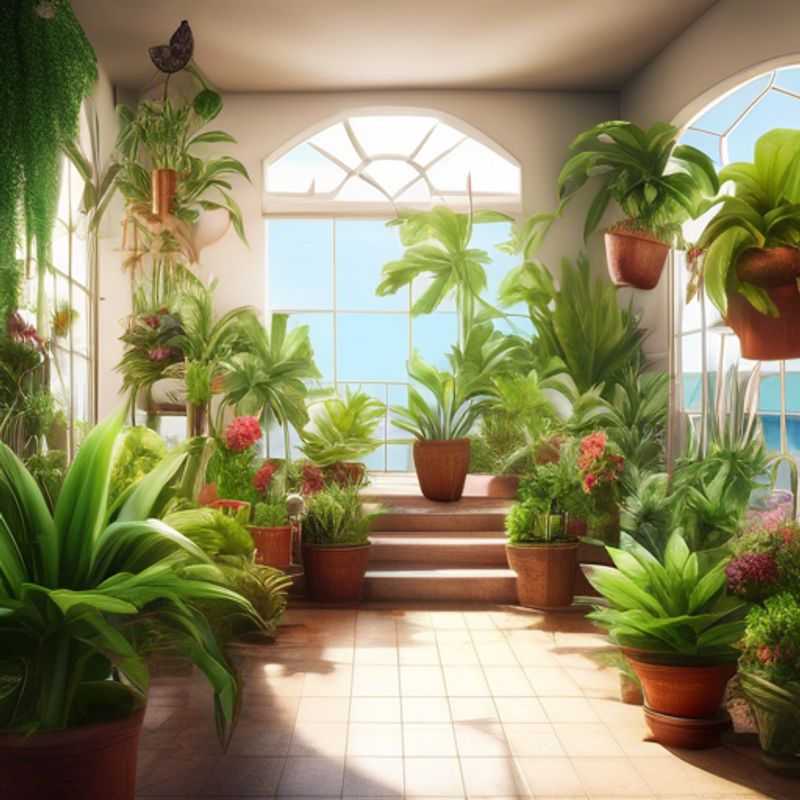
Know Your Plants: Asking About Origin and Local vs. Imported
When inquiring about a plant's origin, it's essential to understand its geographic provenance. This involves determining whether the plant was grown locally or imported from another region. This knowledge is crucial for various reasons.
Firstly, it helps you understand the plant's adaptation to your local climate. Plants grown in similar climates often thrive better. Secondly, it sheds light on potential pest and disease risks. Imported plants may carry unfamiliar threats to your local ecosystem. Lastly, knowing the origin can inform your plant care practices, as different regions have unique growing conditions.
To ascertain a plant's origin, engage in open communication with the seller or nursery. Ask specific questions about the plant's source, country of origin, and whether it was grown locally or imported. Be prepared to pay a premium for locally grown plants, as they often undergo a more rigorous and sustainable production process.
While there might not be a specific fee associated with simply inquiring about a plant's origin, be prepared to pay for any additional information that requires research or verification. Some nurseries might provide certificates of origin, which could be included in the price.
Remember, understanding a plant's origin is an important step towards responsible plant ownership. This knowledge helps ensure the plant's health, protects your local environment, and contributes to sustainable gardening practices.
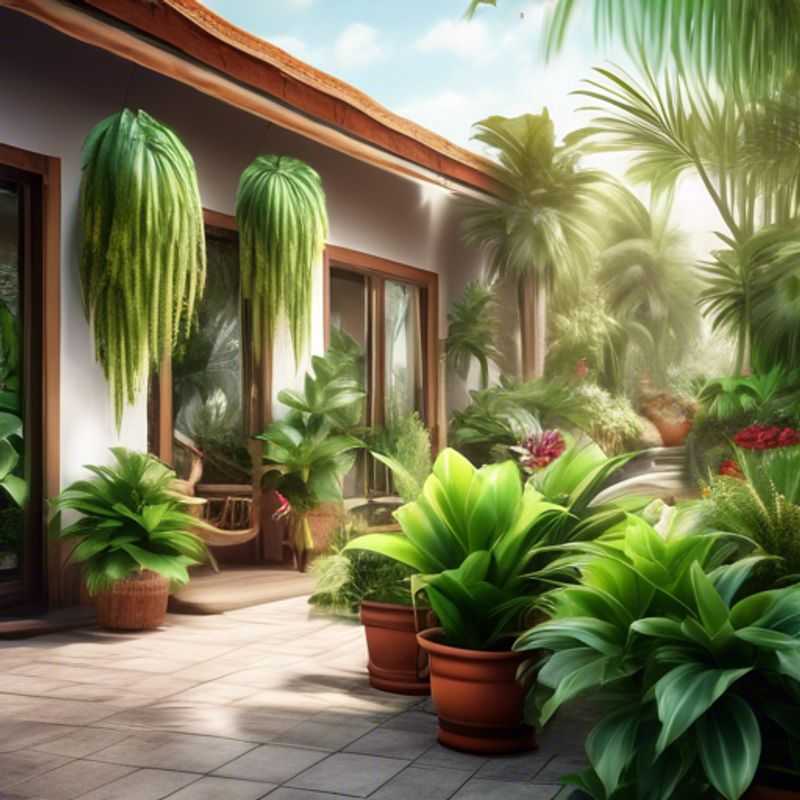
Beyond the Initial Bloom: Planning for Your Houseplant's Future
Picking the right houseplant is like choosing a pet - it's a commitment! Beyond the initial excitement, long-term care is crucial. Factors like light, water, and nutrients impact growth and health. Some plants are low-maintenance, others require more attention. Research your chosen plant's needs before bringing it home.
Light is vital. Different plants need varying amounts of sun. A sunny window might be perfect for one, while a shady corner suits another. Knowing this helps you select the right spot.
Water is another crucial element. Overwatering can be as harmful as underwatering. Check your plant's soil moisture regularly - some plants prefer to dry out slightly between waterings, others prefer consistently moist soil.
Nutrients are vital for growth. Most potting soil contains nutrients, but these deplete over time. A balanced fertilizer, tailored to your plant's needs, helps keep it thriving. Follow the fertilizer's instructions carefully - too much can harm your plant.
Repotting your plant as it grows is essential. A plant's roots need space to flourish. Repotting involves moving it into a larger container with fresh potting mix. You'll likely need to repot every year or two, depending on your plant's growth rate.
Pest and disease are potential threats to your plant. Regular inspection can help spot problems early, allowing you to address them before they become major issues. Knowing what to look for and using appropriate treatments are crucial.
Remember, a happy plant is a rewarding experience. Invest time in understanding your plant's needs, and you'll enjoy a vibrant addition to your home for years to come. This commitment, while initially demanding, pays off in the form of beauty and serenity.
